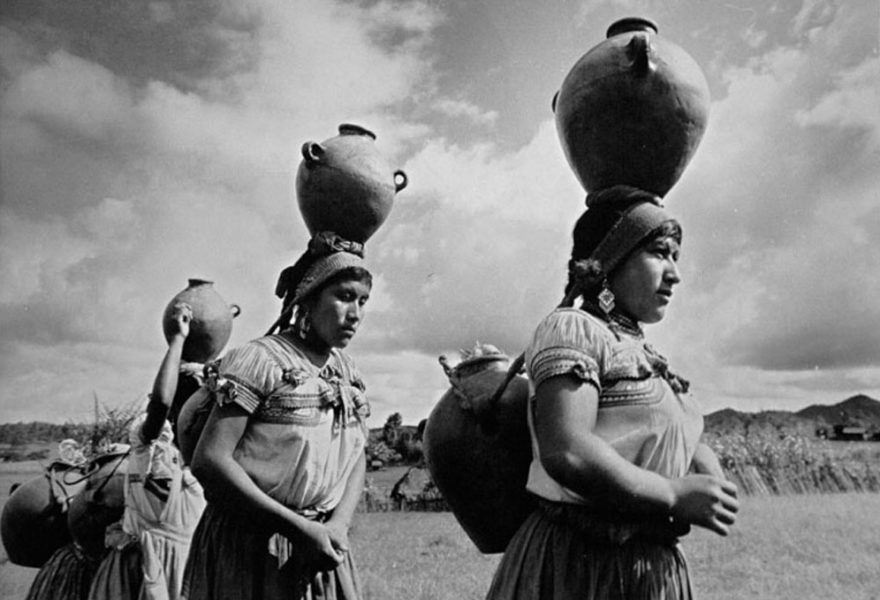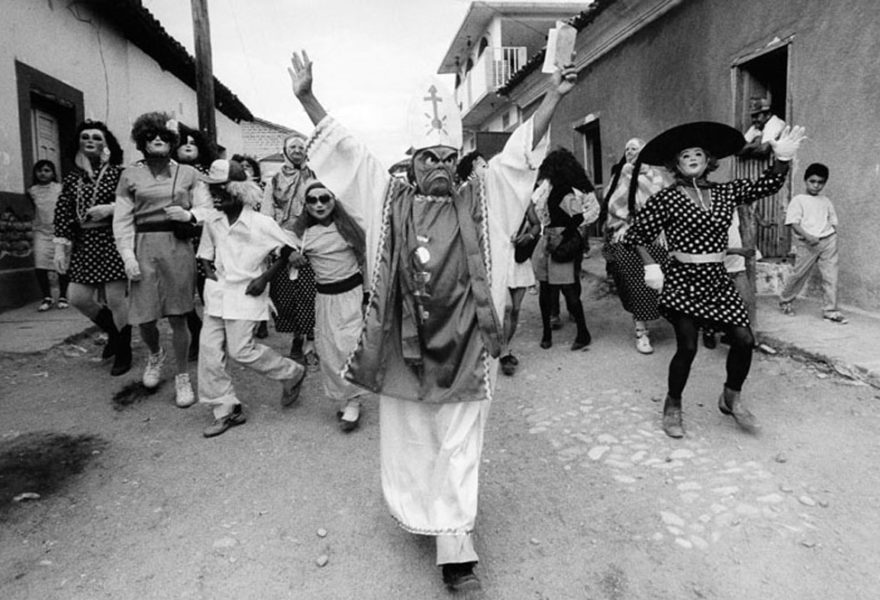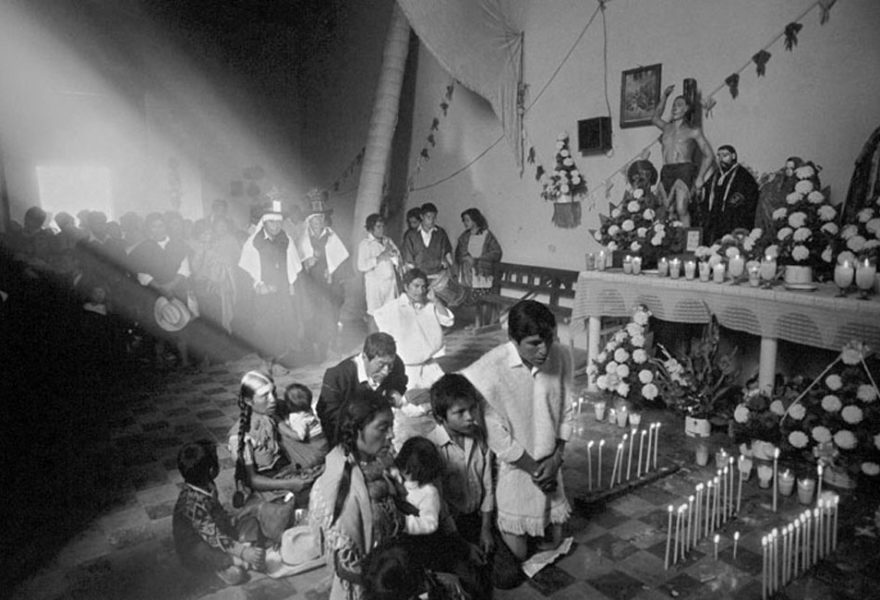Chiapas. End of Silence
In 1974 Antonio Turok participated in The Friends of Photography workshop in Carmel, California. There, he met several photographers including: Eikoh Hosoe, Lucien Clergue, George Tice, Robert Heineken, Ralph Gibson, and Imogen Cunningham, who came on the advice of Ansel Adams.
In Mexico City, he shared conversations with Manuel Álvarez Bravo and Roberto Parodi. Both characters fueled his universal culture and emphasized the importance of being a thinker. On the one hand, the analytic left-wing line of the thoughts given by Parodi and, on the other, the universal aesthetic thinking mode of Álvarez Bravo.
That same year he returned to San Cristobal de las Casas and began to read certain readings that marked significantly: Bertolt Brecht, Pablo Picasso, André Breton, Marcel Duchamp, and Antonin Artaud.
Chiapas’ Historical Context
“Now, the traditional community has been transforming sharply since the end of the last century, with the incorporation of the region to the capitalist system. Many of the land recovered with the Cardenismo, were being sold to the plantations. In Echeverría’s presidency, the Chiapas economic potential was discovered, so the government opened roads and the official commercialization (Imecafe, Andsa, Conasupo) is implemented. Foreign capitals arrived, introducing new forms of production. From gum paradise, Chiapas transform into coffee plantations; from the excessive logging of precious woods to its version of pastures. The demand for cheap labor moves large numbers of peasants from their traditional habitat”. (Marroquín, 1996, 151)
The role of religion in the Zapatista uprising
About the Protestant worship: “The indigenous, especially those newly formed communities displaced by modernity, feel comfortable in a church that does not restrict them, that includes their own religious agents, that responds to their economic and cultural interests, and allows them to maintain the traditional symbols of their ethnic identity, at times they had to sacrifice their traditional social organization”. (Marroquín, 1996, 147)
“It is this religious environment, more open to pluralism and tolerance, which found Zapatismo. While the Jehova’s Witnesses and other sects took refuge in neutrality or even opposed the ‘violent’ guerrillas, other evangelical and Pentecostal churches looked on sympathetically. The temples became the space for discussion about participation or not in the movement. No wonder that the guerrilla ranks became the school of ecumenism, where atheist, shamans, Catholics, and Evangelicals could find each other and discuss about their decisions. The meeting of the Evangelical indigenous with the Liberation theology sets a decolonizing precedent of their church-mother of unexpected consequences. The ones who accuse D. Samuel Ruiz of promoting the guerrilla are not entirely without reason: 34 years of bishop, repeating to the Indians that they, as well as the Ladino [mestizo], are children of God, and that the situation of poverty in which they live it is not the will of God, that is not part of the nature of things, but is the product of sin, of unjust structures that can be changed (and therefore must be changed), contributed to the awareness that led to the uprising”. (Marroquín, 1996, 155)
ezln origins
“Militants from the National Liberation Forces back in the 1970’s, whose axis were the Yáñez brothers, Germán and Fernando; faithful to their belief what was best to build a social base before launching the armed struggle, silently implanted themselves in the Lacandon jungle of Chiapas for years, working patiently, integrating with the roots of Tzotzil and Tzeltal indigenous, making social and indoctrination work with the catechists of the area, with marked influence of Liberation theology. The Zapatista Army of National Liberation (ezln) was in training”. (Castellanos, 2008, 325)



